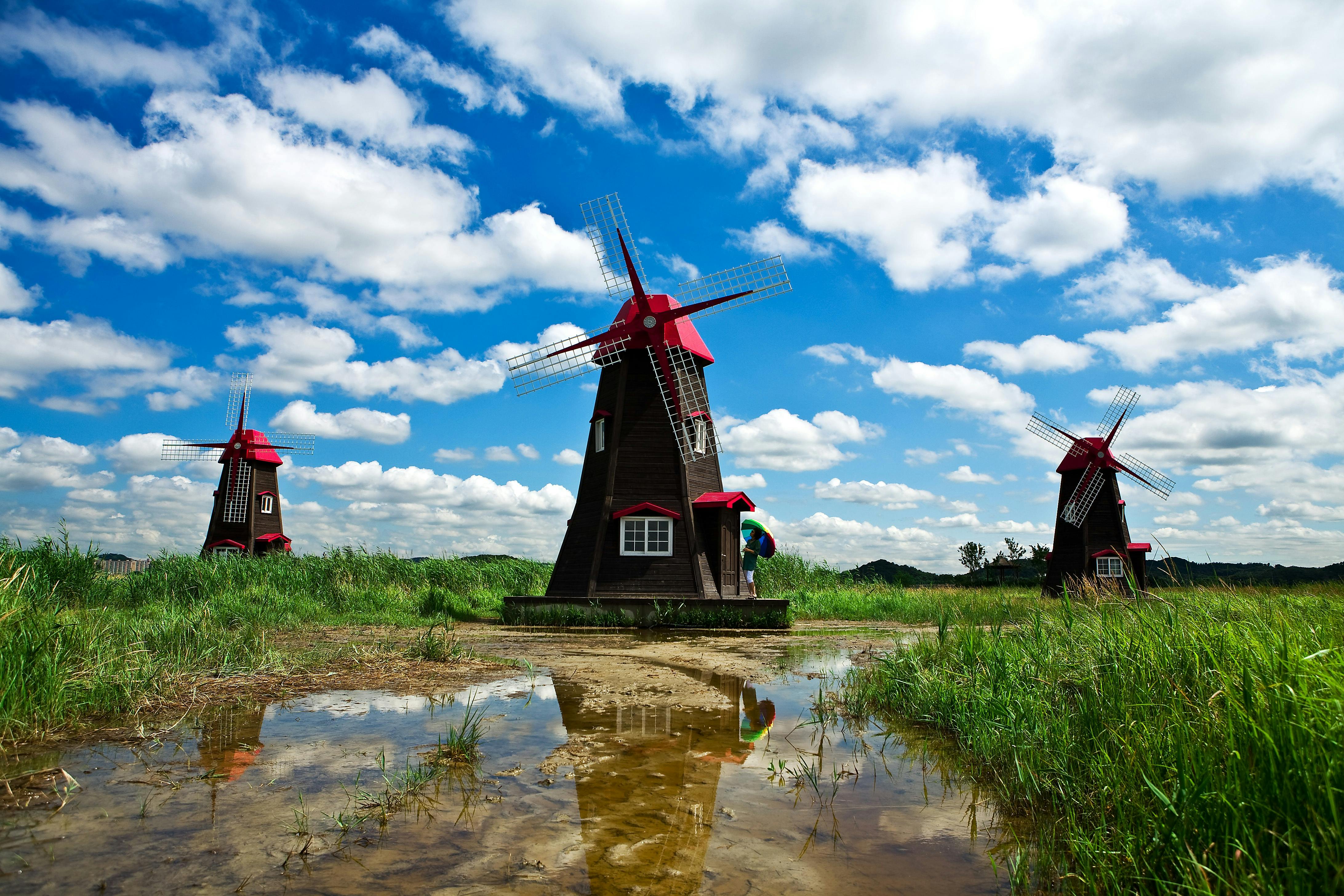
Sibia Cities and Villages: Building a Sustainable Future
At Sibia Africa, we are committed to developing cities and villages that promote a sustainable built environment.
What is a Sustainable Built Environment?
A sustainable built environment encompasses everything from infrastructure and buildings to urban planning and rural development. It aims to protect the environment while enhancing human well-being, social equity, and economic growth. This is achieved by ensuring that environmental priorities, such as minimizing resource depletion and reducing pollution, are balanced with socio-economic development, including:
- Economic growth and job creation
- Human health and well-being
- Ensuring equity and social inclusion

The Lifecycle of a Sustainable Built Environment
A truly sustainable approach considers the entire lifecycle of a building or infrastructure project:
1. Material Sourcing
Using locally available, renewable, and sustainable materials helps reduce the carbon footprint and supports local economies. We prioritize eco-friendly building materials that minimize environmental impact.

2. Design & Planning
At the design stage, we implement energy-efficient and climate-resilient strategies. This includes passive design techniques to maximize natural lighting, ventilation, and sustainable land use.

3. Construction
Our construction methods incorporate renewable energy, minimize waste, and use low-carbon technologies. We ensure that construction projects cause the least disruption to the natural environment.

4. Operation & Maintenance
Post-construction, our buildings and infrastructure are operated using sustainable energy sources such as solar or wind power. This reduces greenhouse gas emissions while ensuring that communities have access to reliable, clean energy.

5. End-of-Life
Once a building reaches the end of its lifecycle, we ensure it is dismantled or repurposed in a way that minimizes waste and allows for the recycling or reusing of materials.

Sustainable Development in Cities
Urban areas face the challenge of managing population growth while reducing their environmental impact. Our Sibia Cities model focuses on:
- Energy efficiency in homes and commercial spaces
- Integration of green spaces to enhance air quality and biodiversity
- Sustainable mobility solutions, such as electric public transport, cycling paths, and pedestrian-friendly areas
- Waste reduction strategies like recycling and composting to minimize landfills
- Smart cities technology to optimize resource usage and improve the quality of urban life

Sustainable Development in Villages
Sibia Villages focuses on preserving rural heritage while introducing modern, sustainable technologies that support community development. Our approach includes:
- Smart farming technologies, such as precision agriculture, to ensure food security with minimal environmental impact
- Promoting eco-friendly housing that uses local, renewable materials
- Supporting clean water and sanitation infrastructure
- Establishing off-grid renewable energy systems, like solar and wind, to power rural homes and businesses
- Encouraging community engagement in sustainable practices through education and local leadership

Holistic Community Development
We recognize that sustainability is not just about environmental factors but also about ensuring social equity and promoting economic opportunities. Our projects aim to:
- Create inclusive, safe spaces that accommodate diverse populations
- Promote economic growth through green jobs in areas such as renewable energy, sustainable farming, and eco-tourism
- Ensure access to healthcare, education, and affordable housing
Our Commitment to Tackling Climate Change
The current climate crisis requires urgent action. By developing sustainable cities and villages, we help communities adapt to the changing environment and mitigate their contribution to climate change. With a focus on renewable energy, carbon footprint reduction, and resilient infrastructure, Sibia Africa is dedicated to creating a built environment that thrives in harmony with nature.
Explore how we are transforming urban and rural landscapes into thriving, sustainable communities that offer better living standards while protecting our planet for future generations.